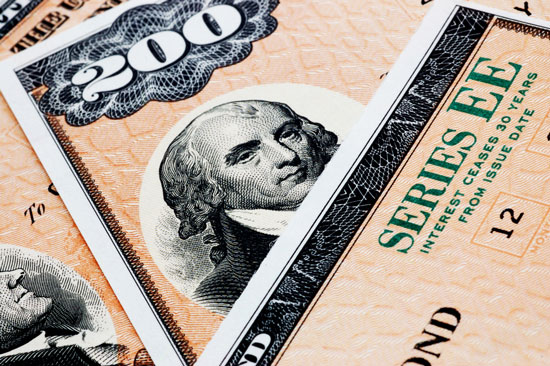The United States Government Savings Bond Series HH was a non-marketable savings bond with a maturity of 20 years that paid interest semi-annually and was based on a coupon rate. After the initial 10 years, the United States Treasury reset the coupon rate for the remaining years of the bond's existence. Before that, it had been tied in from a fixed interest rate.
Since the U.S. government terminated the sale of Series HH bonds on August 31, 2004, they can no longer be sold and should not be considered an investment option. Bonds that have not yet reached maturity will continue to accrue loan repayments.
Shareholders holding Series HH bonds received interest payments consistently from the United States Treasury, the agency that administered the savings bond program. They operated in a manner distinct from that of the Series EE investment instruments, which redirected the retained earnings they received to the principal price of the securities.
Investors were pleased to get income on a passive basis as a result of their investments in hh savings bonds. Face valuations of 500 USD, 1000 USD, 5,000 USD, and 10,000 USD were available for purchase using these bonds.
How Do Savings Bonds in Series HH work?

When investors purchased a savings bond from the Series HH, they were given a paper certification that included information on their purchase. That investor needed to hand over the paper certificate for them to get their early redemption payment from the bond.
Investors who owned Series HH bonds would obtain interest charges on a semiannual basis while holding the bonds. The interest was paid in a lump sum and then put into the bank account of the bondholder regularly. This provided the bondholder with a consistent source of dividends and capital gains that could be utilized while the property remained held.
Series HH treasury securities' holding period was required at least six months. After that point, investors were free to sell their bonds at any moment for the entire amount stated on the face of the bond.
The United States Treasury issued savings bonds from the Series HH. As with all other Treasury bonds, they were guaranteed by the complete confidence and authority of the United States government. This has traditionally given investors one of the minimal risk levels available.
Annual Percentage Yield of the Series HH Bonds
Each time a new bond was issued from the Series HH, the interest rate was adjusted accordingly. The interest rate was fixed for the subsequent ten years when an investor purchased this bond. After the initial ten years, however, the rate was subject to change for the subsequent ten years. Twenty years after the investor purchased the bond, the Series HH bond will have reached maturity and will no longer yield any interest income. When the investment has run its course, the face value is returned to the investor.
Since the final Series HH bonds were distributed in 2004, some are still making interest payments. Moreover, after a certain minimum amount of time has passed, these Bonds may be claimed at any time for their total face value. This implies that investors did not have to wait twenty years to recover their initial investment returned. Nonetheless, if an investor gets their original investment back, they are no longer eligible to collect interest income on that investment.
Taxation on Series HH Bonds
It was unnecessary to pay state or local income taxes on the interest earned on Series HH bonds. On the other hand, investors were expected to disclose any profits from either of these bonds on individual tax returns to the federal government. In the year the interest is generated, bondholders are required to record series hh bonds tax treatment using form 1099-INT, issued by the Internal Revenue Service (IRS).
What It Implies for Those Who Invest on Their Own
Due to the fact that Series HH bond funds have a maturity date of 20 years from their issue date, the very last of these alternative investments will expire in August 2024; nonetheless, there may be enough Series HH investment bonds in circulation. The fact that these securities can be paid early does. However, this means that there are possibly fewer outstanding bonds than were first issued in the early 2000s. The securities that are still owned after 20 years following their dates of issuance will keep paying payments until they maturity at the end of that period.
If your Series HH Bond has not yet reached its maturity, there is a possibility that you may continue to receive interest payments on them. You also have the option to turn the bond in for its face value.
Even though your local bank won't be able to withdraw the securities for you immediately, it will be able to guide you through the actions you need to do to get your principal back. These include attesting to the validity of your signature on official papers and assisting you in sending bond documents to the correct location for the Treasury Department.
Investment Options Besides Series HH Bonds

Investors could not purchase series hh bonds redeemable after September 2004, the month in which the United States Department of the Treasury formally terminated the savings bond program. Although the Treasury Department will continue to provide investors with access to other types of bonds, there is currently no alternative to the Series HH that can fully mimic the characteristics of this program.
Suppose you are still interested in purchasing savings bonds. In that case, you can purchase either Series EE securities, which allow you to earn income till 30 years, or Series I securities, which allow you to earn interest connected to the rate of inflation.




